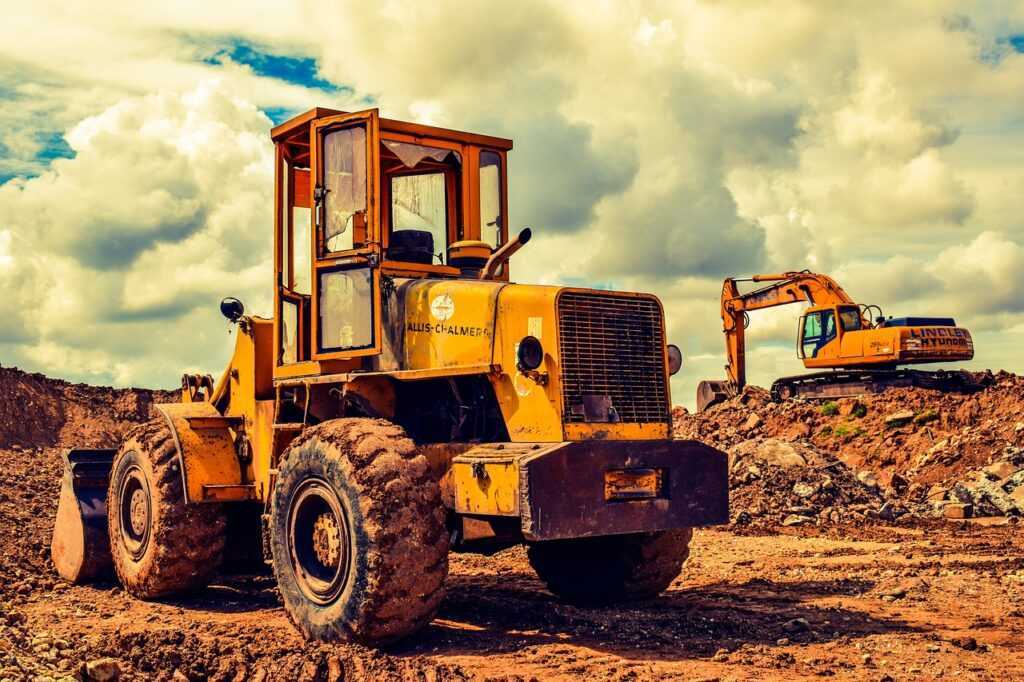Professional Hair Drying Equipment
When it comes to professional hair drying equipment, there are various options available that cater to specific needs and preferences. From conventional hood hair dryers to modern ceramic blow dryers, selecting the right tool is crucial for achieving optimal results in hair styling. Let’s delve into the different types of professional hair drying equipment and their respective features:
Conventional Hood Hair Dryers
Conventional hood hair dryers are a staple in salons for efficiently drying and setting hair. These classic dryers consist of a large hood that fits over the head while the user sits comfortably below. Here are some key points to consider about conventional hood hair dryers:
Design: The hood is connected to a base unit that houses the motor and controls for adjusting airflow and heat settings. Benefits: Even Distribution: The hood allows for even distribution of heat throughout the hair, ensuring consistent and thorough drying. HandsFree Operation: Users can multitask or relax during the drying process without the need to hold a dryer. Ideal for Setting Styles: Conventional hood hair dryers are excellent for setting styles, such as curls or waves, due to their gentle heat application.
Ceramic Blow Dryers
In contrast to conventional hood hair dryers, ceramic blow dryers have gained popularity for their advanced technology and versatility. These dryers utilize ceramic heating elements to generate infrared heat, which is less damaging to the hair compared to traditional dryers. Here’s what you need to know about ceramic blow dryers:
Technology: Ceramic blow dryers emit farinfrared heat that penetrates the hair shaft without causing excessive damage, resulting in smoother and shinier hair. Features: Ionic Technology: Many ceramic dryers are equipped with ionic technology that helps reduce frizz and static, creating a sleek finish. Multiple Heat Settings: Users can choose from different heat and speed settings to customize their drying experience based on hair type and desired results. Lightweight Design: Ceramic blow dryers are typically lighter in weight compared to older models, making them easier to handle during styling.
Tourmaline Hair Dryers
Tourmaline hair dryers are another innovative option in professional hair drying equipment that harnesses the power of tourmaline, a semiprecious mineral known for its ability to generate negative ions. These negative ions help break down water molecules on the hair surface, reducing drying time and minimizing heat damage. Here’s a brief overview of tourmaline hair dryers:
Benefits: Quick Drying: The negative ions produced by tourmaline dryers help evaporate water from the hair more rapidly, resulting in faster drying times. Enhanced Shine: By sealing the hair cuticle and reducing frizz, tourmaline dryers promote a smooth and shiny finish. Gentle on Hair: The combination of negative ions and infrared heat from tourmaline dryers is gentle on the hair, making them suitable for frequent use.
Infrared Heat Hair Dryers
The use of infrared heat in hair dryers is a relatively recent development that offers several advantages in terms of efficiency and hair health. Infrared heat penetrates the hair shaft more deeply, drying the hair from the inside out and reducing the risk of damage. Here’s a closer look at infrared heat hair dryers:
Working Mechanism: Infrared heat hair dryers emit electromagnetic radiation that is absorbed by the hair, drying it quickly and evenly. Advantages: Faster Drying: The deep penetration of infrared heat accelerates the drying process, saving time and minimizing exposure to heat. Enhanced Moisture Retention: By drying the hair from within, infrared heat helps retain more moisture, leaving the hair hydrated and less prone to breakage. Heat Control: Many infrared heat dryers come with adjustable temperature settings to accommodate different hair textures and styling requirements.
In conclusion, the selection of professional hair drying equipment plays a vital role in achieving the desired hairstyle while maintaining the health and integrity of the hair. Whether opting for conventional hood hair dryers for classic styling or embracing the latest technology with ceramic or tourmaline dryers, users can elevate their hair care routine with the right tools at their disposal. Make an informed choice based on your specific needs and preferences to ensure a flawless styling experience.



